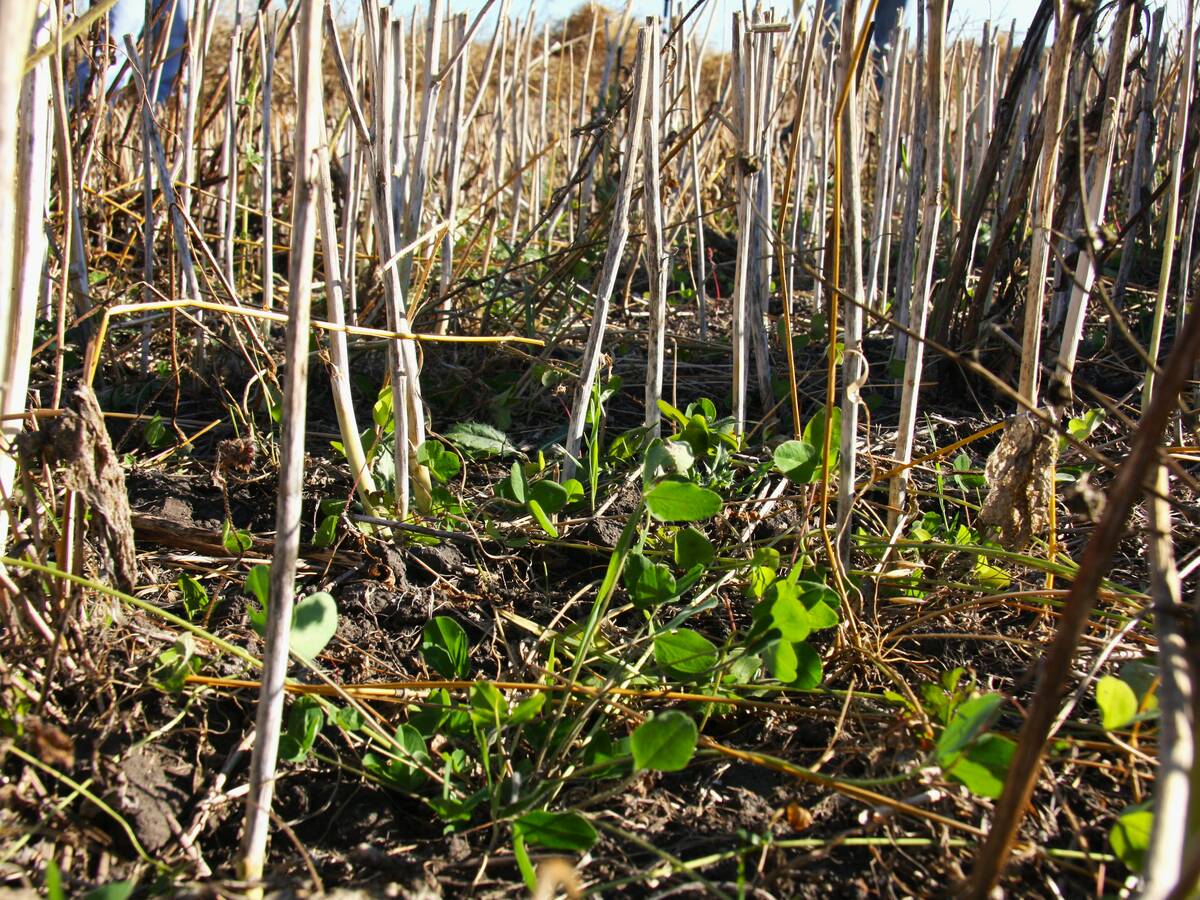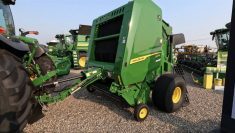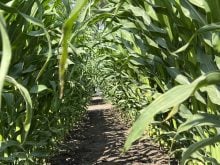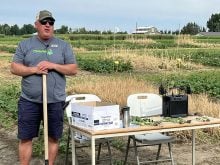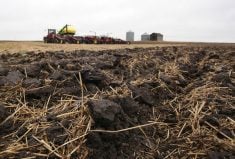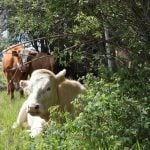MUSKEG LAKE, Sask. — Harvest is finishing up across Saskatchewan, which means in the coming weeks it’s time to start thinking about next year.
With eyes looking ahead, Bridge to Land Water Sky (Bridge) is encouraging producers to consider incorporating intercrops and cover crops with their rotations.
Bridge is an Indigenous-led Living Lab that has been researching regenerative techniques for beneficial management practices and applying them in ways that will hopefully appeal to a conventional farmer.
Read Also
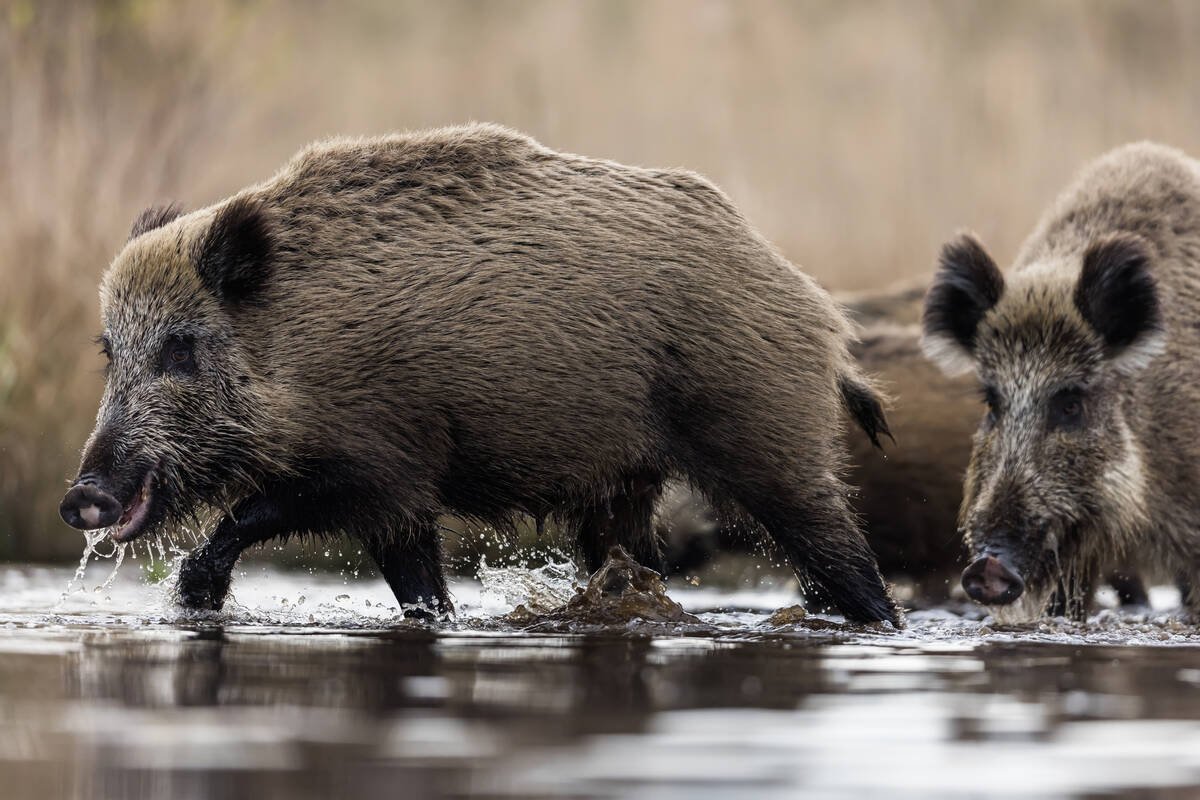
Manitoba bans wild boar possession
Manitoba has tightened the regulatory status of Eurasian wild boar in an effort to help fight back against invasive wild pigs.
During the Indigenous Farm and Food Festival, a bus tour to Muskeg Lake Cree Nation near Blaine Lake, Sask., showcased Bridge’s intercrop and cover crop plots.
Both common and uncommon mixes were shown at the site, including oats with Italian rye grass, pea and oats, pea and flax, and grazing corn with long-season forage soybeans.
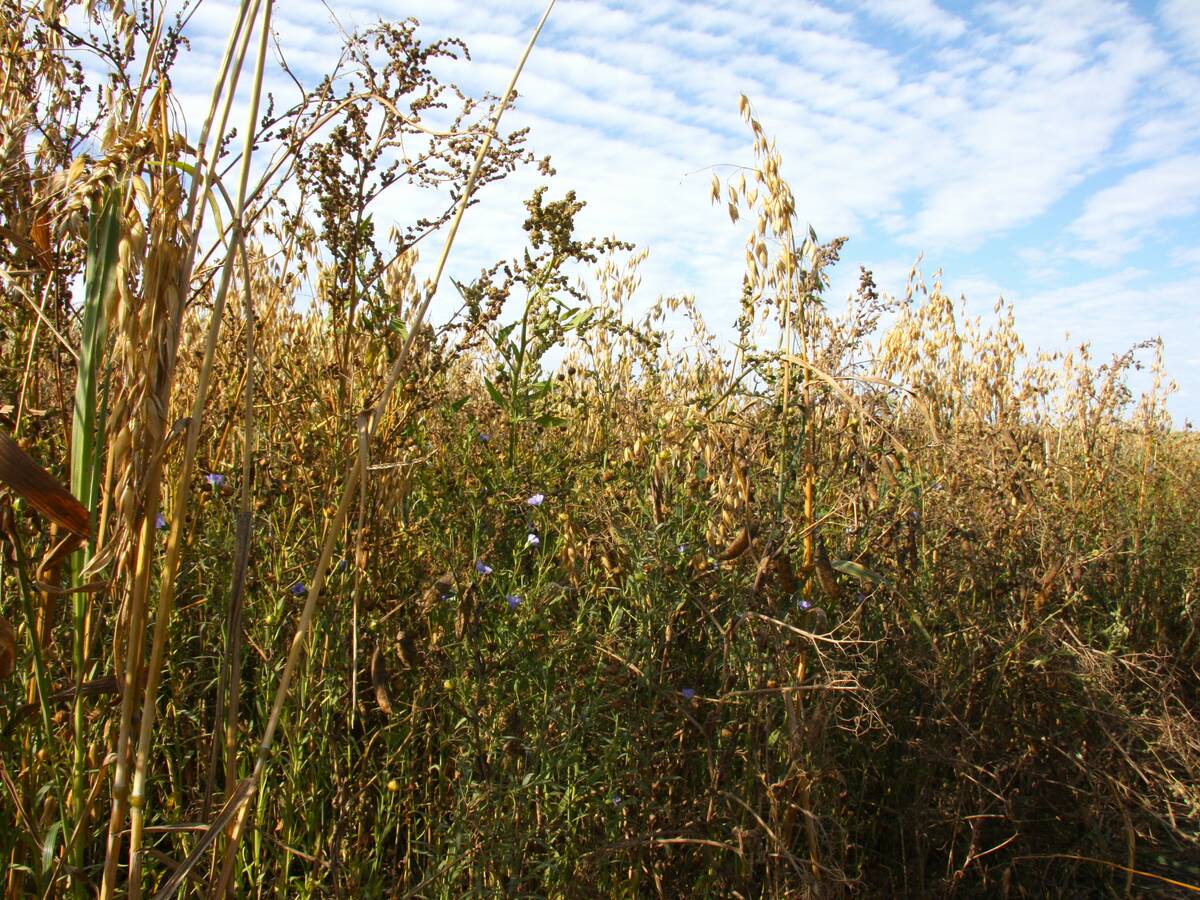
The corn-soybean crop is a recommended mix from Covers & Co., which sells the long-season soybeans and is a strong option for producers in the Aspen parkland region as a feed mix for the grazing material produced by the two crops. As well, no pods develop because the soybeans are a long-season variety, which means the mixture produces just vegetation.
“The big thing with corn is, typically it is lower in protein and higher in energy due to the cobs and everything like that,” said Chance Rothwell from Covers & Co.
“So, the idea behind adding the beans, they’re vegetative, their high protein source, we can augment some of that protein as well with the corn, so you wind up using less supplementation, as well, in your feed.”
This mix could alternatively be planted with silage or grain corn. If silaged, cattle could be turned out for grazing afterward, providing two feed sources.
Rothwell said that if the plan is for a late season graze, hairy vetch may be a better alternative than long-season soybeans because it has a better stalk density to stay upright in the snow. However, if it’s in a weedy field, the soybean variety is Round-Up Ready, while hairy vetch isn’t.
The big win with the soybean-corn crop comes the following year with residual nitrogen. Across a variety of environments, weather differences and fertility applications, the mix has consistently produced 30 to 50 pounds of residual nitrogen a year later.
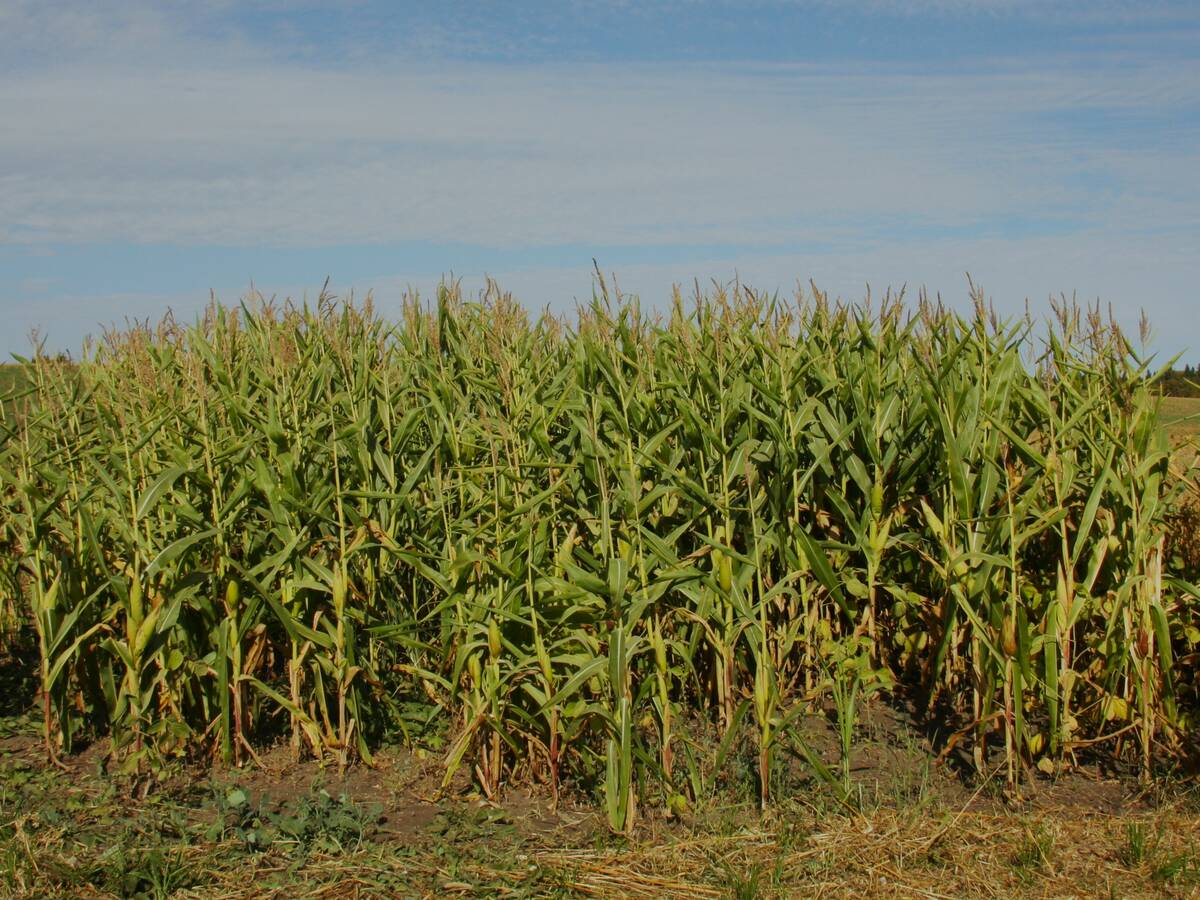
For intercrops, the return on investment can be significant in the long term, such as increased soil microbial life, reduced input costs for herbicides, fertilizer, insecticides and fungicides, and more efficient resouce use.
In the short term, producers could see more resilient yields and better disease management.
An easy first step would be trying oats with Italian rye grass. The oats are harvested for grain, and afterward, the grass is grazed.
“This would be attractive, I guess, for a conventional producer who still wants to use a herbicide,” said Jennifer Bodgan, project agronomist with Bridge.
“You can still use that broad leaf herbicide on the rye grass and the oats. It’s a regenerative practice that a conventional producer can try out.”
While providing similar benefits as intercrops, cover crops have a greater focus on minimizing soil disturbance, maintaining a living root and incorporating livestock. It’s almost like taking minimum till practices a step further.
The bus tour also stopped at a canola field with a red clover cover crop. These kinds of covers are a bit different than what Bridge and Covers & Co. were displaying.
When a cover such as clover is planted with a commodity crop, the goal is to maintain a living root, increase biodiversity and provide soil protection.
“We’ve grazed it with the cattle standing, we’ve dry baled it, we’ve silage baled it, and then, moving into the fall, we’re going to be putting the cattle back out there to regrowth graze it,” said Dakota Odgers from Covers & Co.
Each mix uses plants with a purpose, whether it’s soil improvement, higher tonnage or nutrient fixation, such as legumes for nodulation, sunflowers for deep roots and water infiltration or buckwheat for phosphate solubilization. As well, the mixes are designed for low fertility use.
“The idea behind our blends is plant diversity imitating what the principles of nature are … and getting down to reduced input costs and still providing high quality feed and improving the land at the same time,” said Rothwell.
Similar to an intercrop, the benefits from a cover are seen the following year with improvements to soil health, nitrogen fixation and improved yield. Other benefits include reduced weed pressure and living roots that access various levels of soil structure and take as much into the plant and soil as possible.


